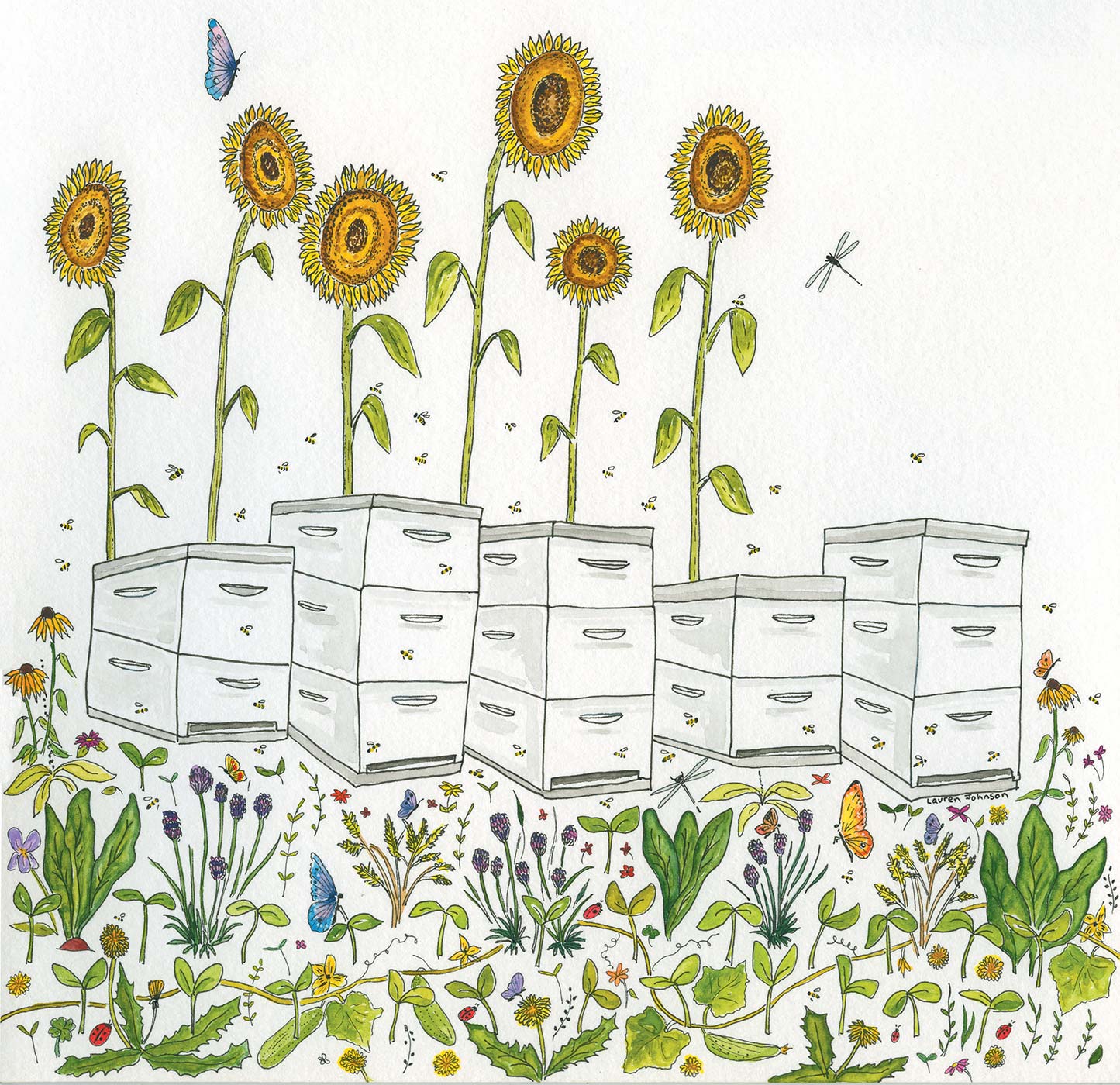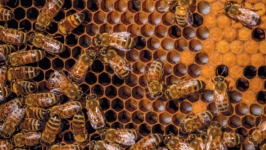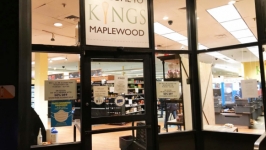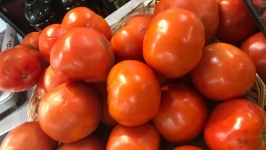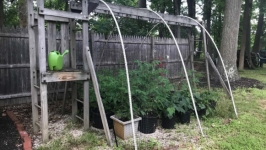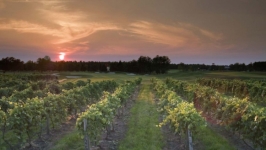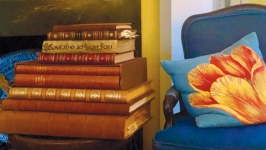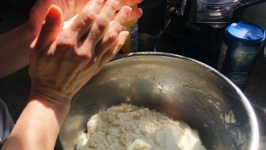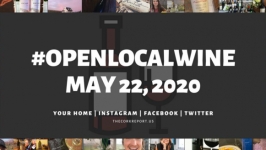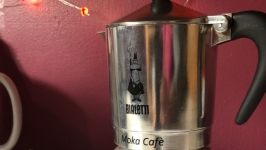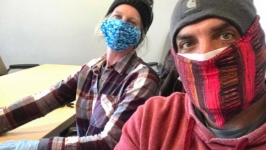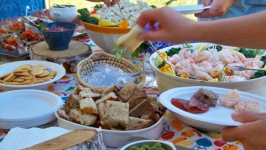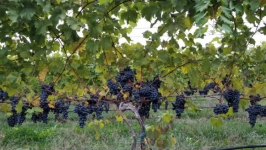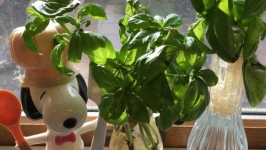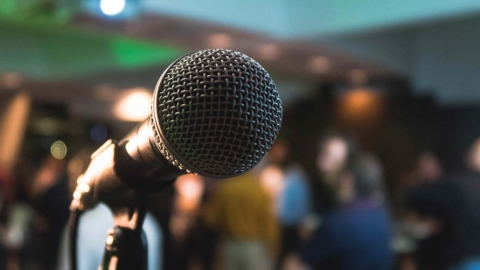A Woman & Her Hive
It was July 2013, and I was helping my friend unload her storage unit into a big box truck to move into her new apartment. Our skin shone under the summer sun as we piled in boxes, dresser drawers, assorted lamps, and trunks of clothing however best they’d fit. After we were done, she reached alongside the driver’s seat and unveiled a little thank-you gift.
She knew I was on a raw honey kick for my seasonal allergies, but the jar she handed me looked more like a science experiment than a jar of honey. It was creamy throughout, frothy on top, and had little colorful bits of pollen mixed within. I immediately opened the jar and dipped in a finger. The sweet, earthy, and evolving flavors were unlike anything I’ve ever tasted, and the pollen—floral, rich, and dusty—made an experience best described as primordial.
I’ve always loved honey, often eating it right off the spoon. That year, my allergies were worse than ever, so I turned to raw local honey as a natural remedy—a perfect excuse for going through jar after jar.
I enrolled in a beginner beekeeping course. Over the winter, I built two hives, joined my local beekeepers’ association, and ordered two packages of bees for spring installation. In April, I introduced the bees to their new homes and watched their world unfold with absolute delight.

WATCHING THE HIVES BECAME MY FAVORITE PASTIME. IN THE EARLY EVENING, I’D SIT IN A CHAIR AND WATCH [THE BEES] RETURN FROM A DAY OF FORAGING
I learned quickly that beekeeping is an immersion of the senses. From the woodsy caramel smell that rises from the hive when you open the lid, to observing dozens of different-colored beads of pollen riding on the backs of their legs. Watching the hives became my favorite pastime. In the early evening, I’d sit in a chair and watch them return from a day of foraging. In the dead of winter, I’d stomp through the snowdrifts to listen to their low hum through a stethoscope.
My love of observing quickly outweighed any desire to harvest honey. I felt a connection to my bees every time I went into the hive, and sensed they felt it as well. When I was calm, they were too. If I rushed, they got agitated. It felt as though we communicated and had a mutual respect.
I remember the first time I tried pulling out a few frames of honey, how the bees all looked at me as if to say, “Why are you taking our food?” They’d worked so hard to make it. I felt guilty taking their honey because it is their food source, and is vital for them to survive the winter when there’s not a single flower in bloom (it’s recommended 60 pounds of honey or more remain in the hive during this time). The small amount that I did take I used sparingly, savoring it because I knew it was so special.
My beekeeping days ended abruptly five years later after a black bear pushed over my hives. After leaving muddy paw prints all over the boxes I had built long ago, the bear only ate the tiniest, Post-It-sized square of honey. As I carefully righted the hives, trying desperately to salvage the colonies, it soon became apparent who the obvious victor was in this classic tale of bear and honey. Despite the fiasco, the sweetest reward of keeping bees was all that I learned from them. Turns out it was about much more than the honey.


